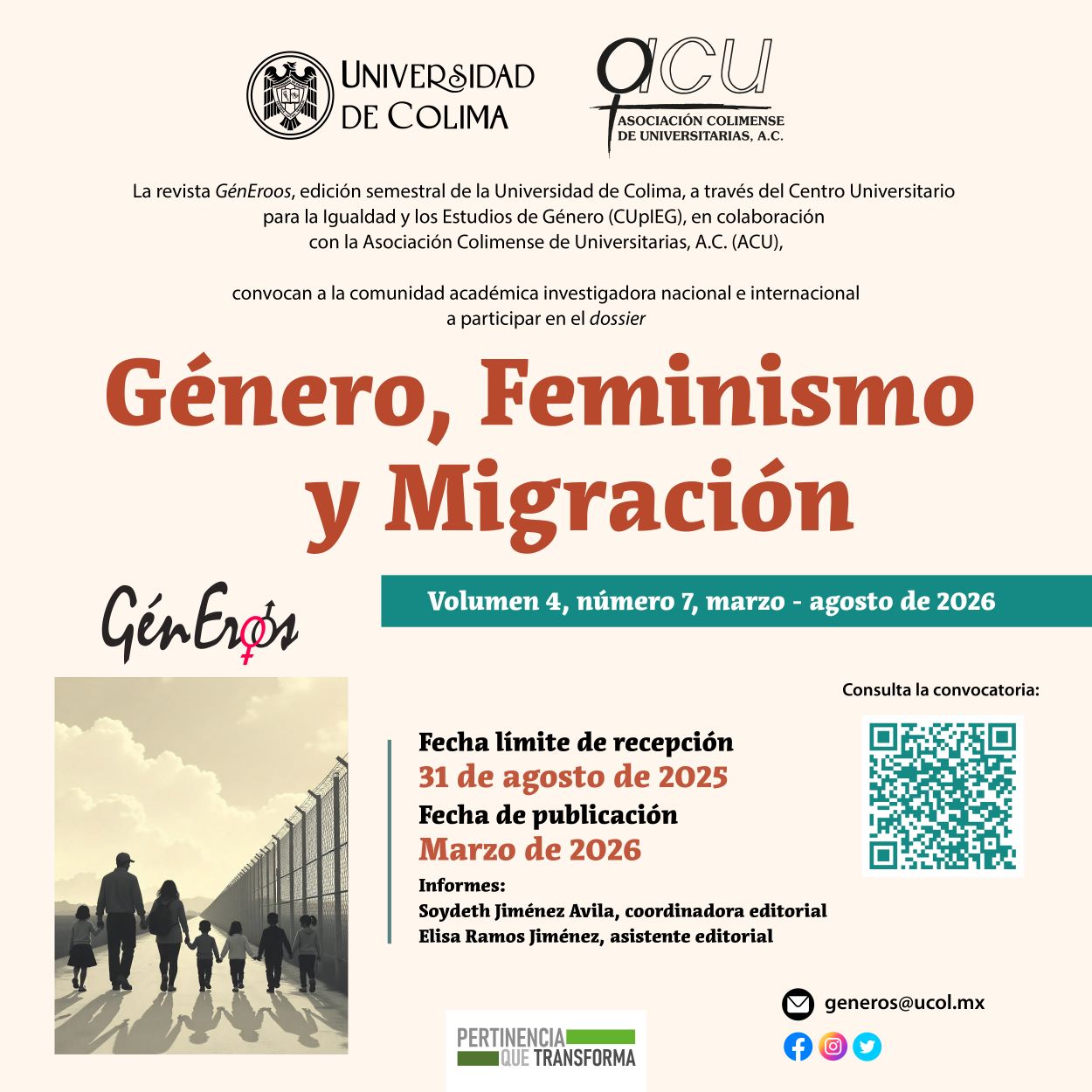Are Girls that Powerful? Thoughts on Children’s Animations Aimed at Female Audience
DOI:
https://doi.org/10.53897/RevGenEr.2023.01.13Keywords:
childhood, girls, female heroes, representations, children's cartoonsAbstract
Subjectivities are constructed on the ba-sis of various discourses, and one of the aspects that directly interferes in girls’ thoughts is the audiovisual production to which they have access and which acts as pedagogical devices (Fisher, 2002). Thus, the aim of this article is to answer the questions and show the results of the research titled,“Are girls that powerful: representations and affections of heroic girls from children’s cartoons”. The discus-sion is about a feminist and an audiovisual studies perspective, through a theoretical-conceptual articulation established mainly in Perea’s (2015) studies and their rela-tionship with the data obtained. In order to achieve the results and question them, children’s animations widely circulated in Brazil are chosen as the object of study. Through observation, questions are asked about female heroes, protagonism, and gender signs. In addition, the relationship with other characters is also analyzed, such as sorority and female rivalry and how children’s bodies are represented. The data gathered confirms the hypothesis that these animations present permanence and rupture of gender characteristics.
Downloads
Metrics
References
Astruc, T. (director) (2016). Miraculous: Las aventuras de Ladybug [Serie de televisión]. Jeremy Zag Productions.
Beauvoir, S. (1967). O segundo sexo: A experiência vivida. São Paulo, Difusão Européia do Livro.
Xiao Tian, Z. (director) (2015). H2O: Sirenas del mar [Serie de televisión]. Network Ten Productions.
Bueno, M. (2012). Girando entre Princesas: Performances e contornos de gênero em uma et-nograf ia com crianças. Tesis de maestría. Universidade de São Paulo.
Butler, J. (1988). Performative Acts and Gender Constitution: An Essay in Phe-nomenology and Feminist Theory. Theatre Journal 40 (4), pp. 519-531. https://doi.org/10.2307/3207893
Butler, J. (2003). Problemas de gênero: Feminismo e subversão da identidade. Civilização Brasileira.
Casetti, F. (1991). Cómo analizar un f ilm. Paidós.
De Lauretis, T. (1984). Alice Doesn’t: Feminism, Semiotics, Cinema. Londres: Macmillan.
Fausto-Sterling, A. (2000). Sexing the Body: Gender Politics and the Construction of Se-xuality. Basic Books.
Federici, S. (2017). Calibã e a Bruxa: Mulheres, corpo e acumulação primitiva. Editora Elefante.
Fisher, R.M.B. (2002). O dispositivo pedagógico da mídia: modos de educar na(e pela) TV. Educação e Pesquisa, 28 (1), pp. 151-162. DOI: https://doi.org/10.1590/S1517-97022002000100011
Gerber, C. (productor) (2016). Elena de Ávalor.[Serie de televisión]. Disney Televi-sion Animation Productions.
Gomes Barbosa, K. (2020). Leslie e Ofelia, meninas que ousam sair do quarto: Espaço, feminilidade e corpo em Ponte para Terabítia e O labirinto do fauno.Mídia e Cotidiano, 14 (1), pp. 133-156. DOI: https://doi.org/10.22409/rmc.v14i1.38707
Harris, A. (2004). Future Gil: Young women in the twenty-first century. Nova Iorque: Routledge.
Hellouin, G. (productor) (2015). PJ Masks: Héroes en pijamas.[Serie de televisión]. Entertainment One Productions.
Jaggar, A. y Bordo, S. (1997). Gênero, Corpo e Conhecimento. Rosa dos Tempos.
Kaplan, A. (1995). O olhar é masculino? In: A mulher e o cinema: Os dois lados da câmera. Rocca.
Laureltree, J. (2009).Girls Reconstructing Gender: Agency, Hybridity and Transformations of ‘Femininity’.Girlhood Studies, 2 (2), pp. 96-118. https://doi.org/10.3167/ghs.2009.020207
Marshall, E. (2009). Consuming Girlhood Young Women, Femininities, and Ame-rican Girl. Girlhood Studies, 2 (1), pp. 94-111. Doi: https://doi.org/10.3167/ghs.2009.020107.
McCracken, C. (creador) (2016). Las chicas superpoderosas.[Serie de televisión]. Han-na-Barbera Productions.
Mendes, M. (2018). Não se nasce menina ou super-heroína, torna-se: gênero e representações em animações televisivas. Dissertación. Universidade do Estado do Rio de Janeiro.
Michel, D. (creador) (2009). The Amazing Spiez! [Serie de televisión]. Marathon Pro-ductions.
Mulvey, L. (1983). Prazer Visual e Cinema Narrativo. In: A Experiência do Cinema. Graal Ldta.
Nefcy, D. (creadora) (2015). Star vs. las Fuerzas del Mal. [Serie de televisión]. Disney Television Animation Productions.
Penkala, A. (2019). Personagens femininas na animação contemporânea: Um olhar a partir da teoria e da crítica feminista. Diálogo com a Economia Criativa, 4 (11), pp. 128-142. https://dialogo.espm.br/revistadcec-rj/article/view/222
Perea, K. (2015). Girl Cartoons Second Wave: Transforming the Genre.Animation: An Interdisciplinary Journal, 10 (3), pp. 189-204. DOI: 10.1177/1746847715608561.
Ricci, C. (creadora) (2017). Nella, una princesa valiente.[Serie de televisión]. Nick Jr. Productions.
Stevenson, N. (creadora) (2018). She-Ra y las princesas del poder.[Serie de televisión]. DreamWorks Animation Productions.
Todo, I. (creador) (2012). Smile PreCure! [Serie de televisión]. Toei Animation Productions.
Ward, L.M y Aubrey, J.S. (2017). Watching Gender: How Stereotypes in Movies and on TV Impact Kids’ Development. Common Sense. Zeisler, A. (2008). Feminism and Pop Culture. Seal Press.
Published
How to Cite
Issue
Section
License

This work is licensed under a Creative Commons Attribution-NonCommercial-ShareAlike 4.0 International License.
GénEroos Magazine allows you to share, copy and redistribute the material in any medium or format; adapt, remix, transform and build upon the material, crediting the work appropriately and providing a link to the licence, indicating if changes have been made.






















